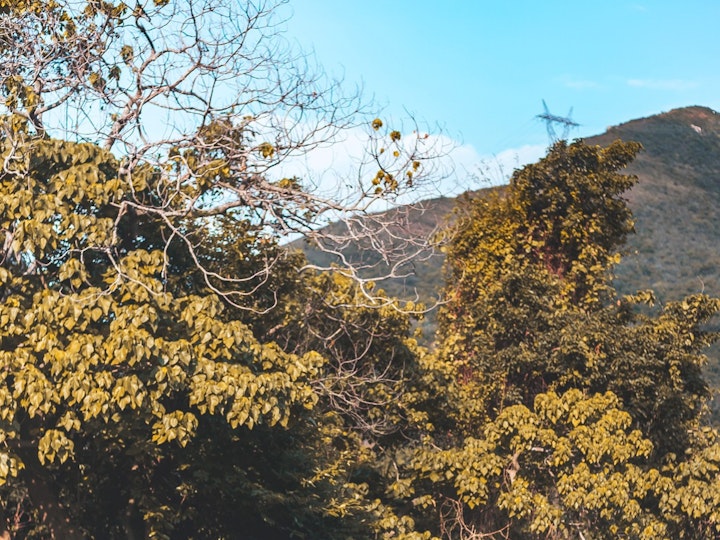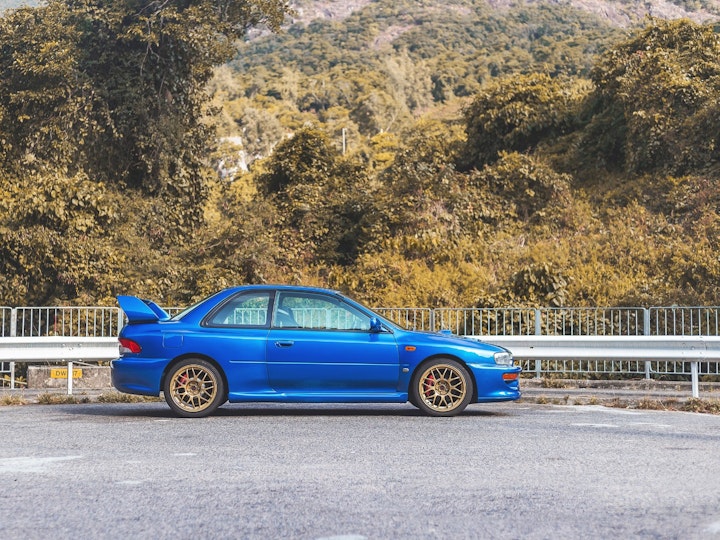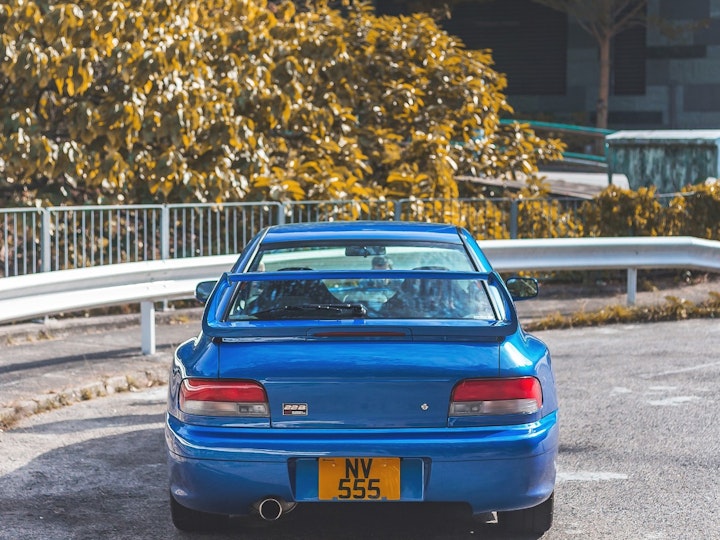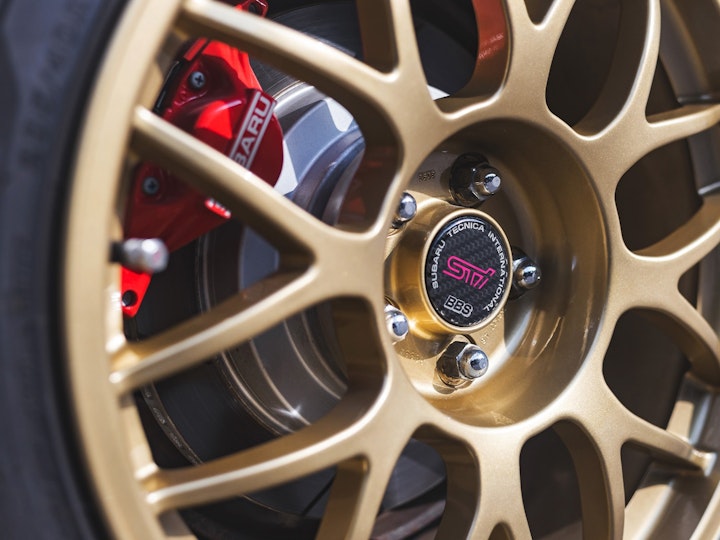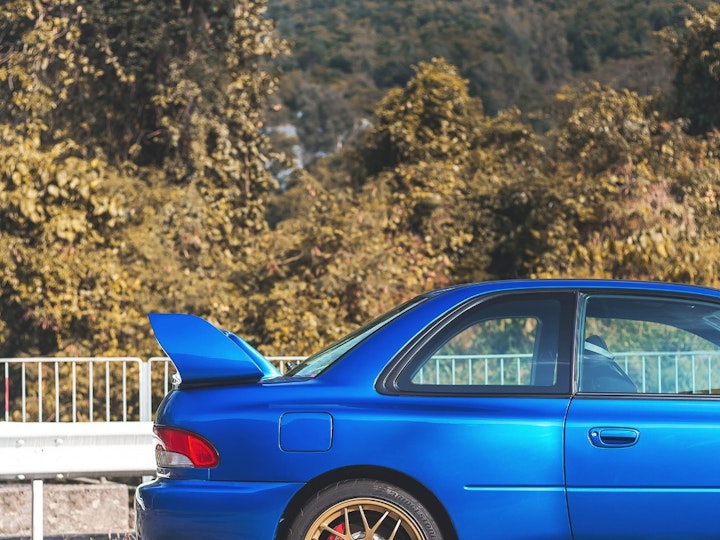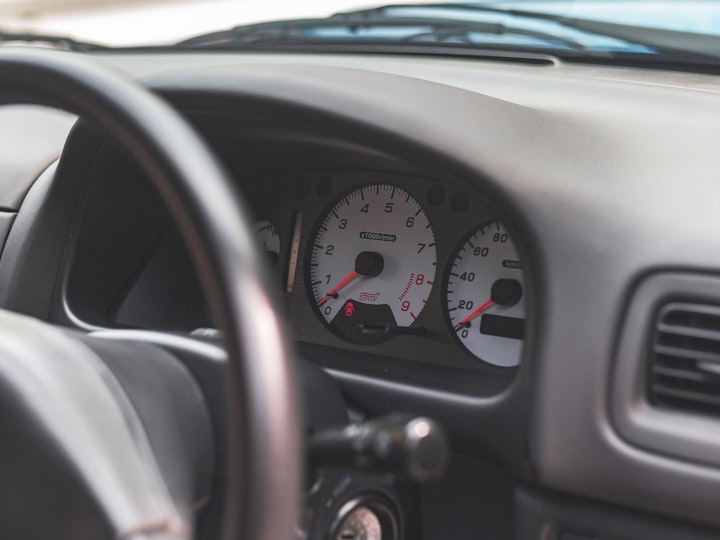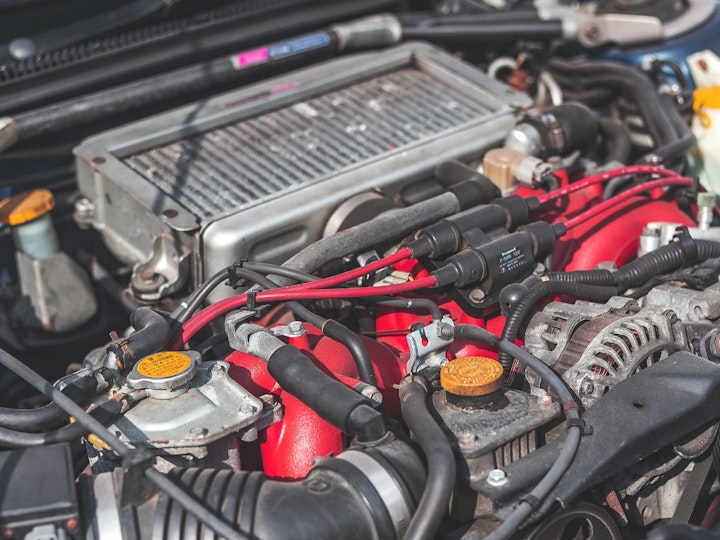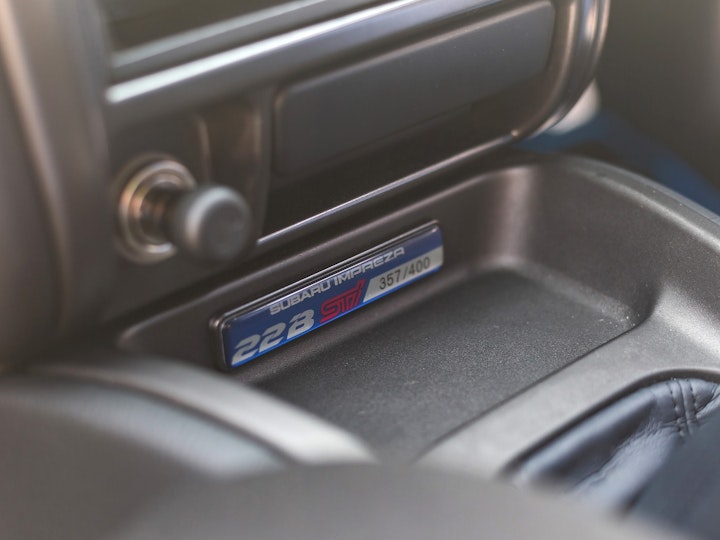I may predominantly drive European cars today, but being a car guy who grew up in Asia, JDM cars were inevitably a big part of my car history. The first car I bought in Hong Kong was a Toyota MR-s (manual of course), then I went on to a Subaru WRX STI GC8 version 5, and finally ended with a big bang in a Honda Civic Type R FD2 (literally, as I wrecked it in a total loss). And why wouldn’t they be? They have a big following for all sorts of age group due to their cheaper entry barrier, lower maintenance costs, and most importantly, bang for buck performance.
The hero cars like the Nissan GTR, Honda NSX, Mitsubishi Evolution, and Subaru STI were at their prime in the 90’s. This is because they were such sophisticated packages – their engines may be smaller than the likes of Ferrari’s, Lamborghini’s, and Porsche’s, but they were able to use the 280HP so efficiently making it very accessible to every day drivers. This was, for the most part, helped by their technological ingenuity. All had four-wheel-drive and cars like the Mitsubishi Evolution 6, for example, had the active yaw control system which was one of the earliest iterations of electronic driver aids that we are so used to today. This means that for an ordinary driver like myself, I am able to extract the performance out of these hero JDM cars a lot easier than its European counterparts.
This phenomenon was once again tested and proven today when I was offered the keys to our review car, a 1998 Subaru STI 22B. The 22B was the special and limited edition of the version 5 WRX STI, created in 1998 to celebrate Subaru’s 40th anniversary as well as their 3rd consecutive win of the World Rally Championship. Only 400 units were made for the JDM (Japanese Domestic Market) initially, but another 24 were released shortly after for the UK and Australian markets due to popular demand. The 22B can be considered as the first true special and limited edition of the Subaru STI line up, which kicked off generations of subsequent special edition models that we are familiar with today, such as the S209 and Spec-C models.
Improvements over the regular STI model were not as over the top as today’s special editions, they were subtle but significant. Engine improvements included a different turbo and other internal upgrades, most notable of which was the increase of capacity from 2.0 to 2.2 litres. Bilstein made a set of suspensions specifically for the 22B and the brakes were Subaru’s in-house four piston calipers which are small and laughable for today’s standards, but they were the brakes to have back in the late 90’s. The exterior modifications are what excites most enthusiasts even today. Tailor made front and rear bumpers just for the 22B, a huge adjustable rear wing, and beautiful period BBS rims in gold giving the car just the right aggressive stance. However, by far the most important exterior upgrade were the front and rear fenders, widened by about 3.5 inches, making it the most recognizable and defining feature of this special model.
The car uses Subaru’s legendary boxer engine, four-cylinders with a single turbo, claimed to produce only 280HP but likely to be around 300-320HP instead (Japanese manufacturers at the time had to enter into this ‘gentlemen’s agreement’ where all their cars are limited to 280HP so as to discourage boy racer culture (yeah, that did not work out at all)). This was before the days of excessive carbon fibre use (in fact, none were used), so weight saving was not a big part of the 22B’s agenda although these Japanese rally racers were never heavy to begin with (around 1,300KG only). Full power comes in at about 3,400rpm making low end power and progression very good, but top end lacks a bit with not much going on after 5,000rpm or so. The gears are short too, making it perfect for mountain roads of Hong Kong without any long straights. As with most cars in the 90’s, the car’s size is compact, together with its sophisticated four wheel drive system, it makes the car very easy to throw around corners confidently, even for my first ever drive.
And this is what I meant when I said it is a lot easier to extract performance out of these 90’s JDM hero cars than their much more expensive European counterparts (at the time anyway, the 22B now easily fetches HK$1 million, making it more expensive than most of that era’s Porsche’s, Ferrari’s etc. today). There is no way I can drive my Ferrari 360 spider anywhere near as fast as I can in the 22B on public roads. A race car driver may be able to, but for an ordinary driver like myself, the bang for the buck performance these JDM legends provide is literally second to none.
I regret to add, however, that this is a thing of the past. As technological advancement progressed so rapidly across the entire motor industry in the last two decades, European cars are just as good, if not better, than Japanese manufacturers in terms of finding the best balance for crazy horsepower and driver aid technology. Therefore, I am not sure one can say today that the latest GTR or NSX is a lot easier to drive fast than say, a Ferrari F8 Tributo. And with the electric cars taking over the scene, the whole game has changed and these wonderful JDM rally legends will soon be completely obsolete (as Mitsubishi had previewed for us with the decommissioning of the Evolution series since the Evolution 10). This explains why values of 90’s JDM legends have been sky rocketing, so buy one when you can!
Thanks as always to the owner for lending out his very special car to us and of course, the InstacarHK team for making this possible:
Alex (http://www.taipanmedia.com)
Dave (Email: david@lemonadeandgiggles.com)
Adhiraj Rathore (IG: @supercarsofhongkong)
Icy J (IG: @icyj95)
See our review video here:








